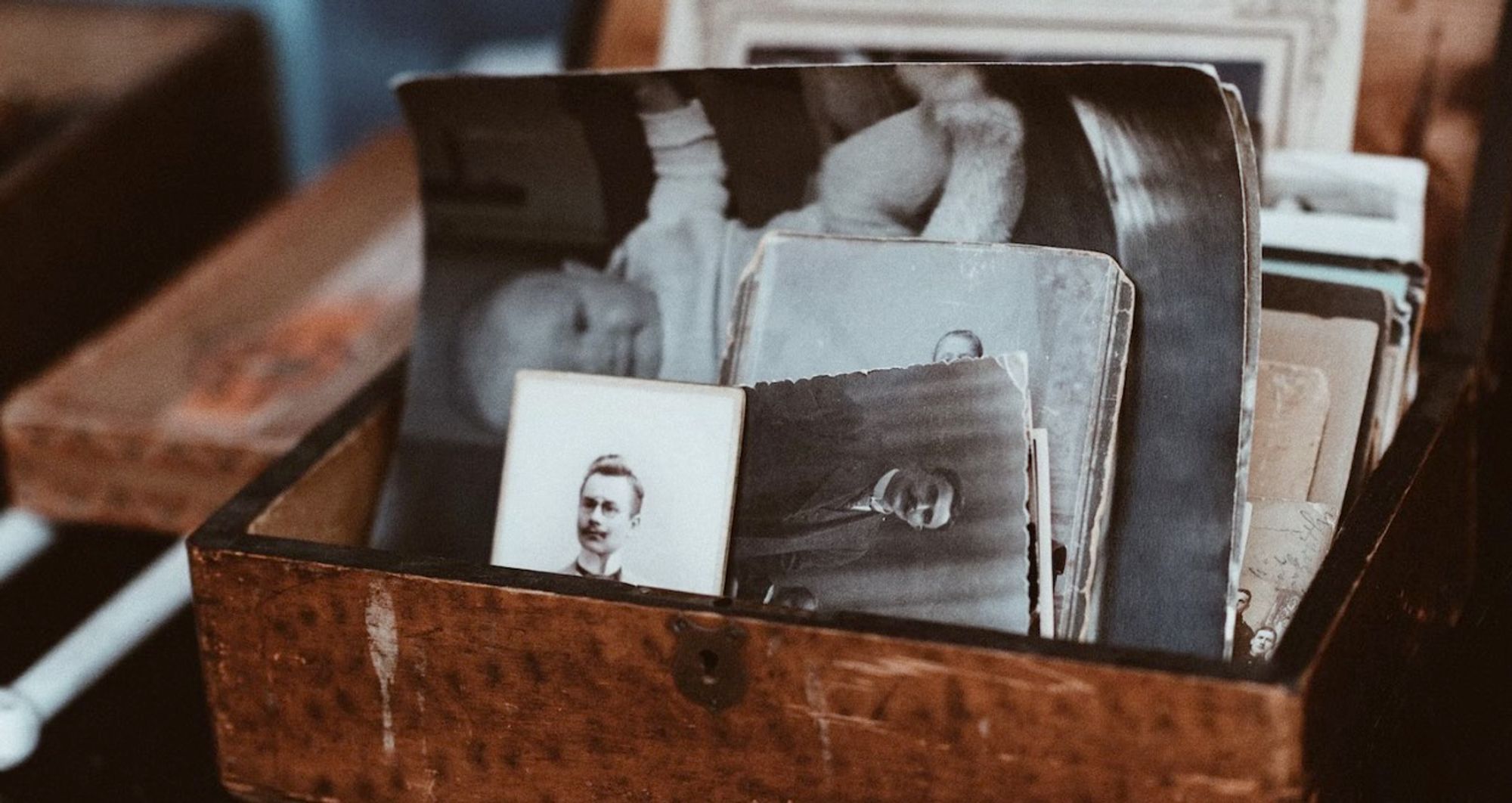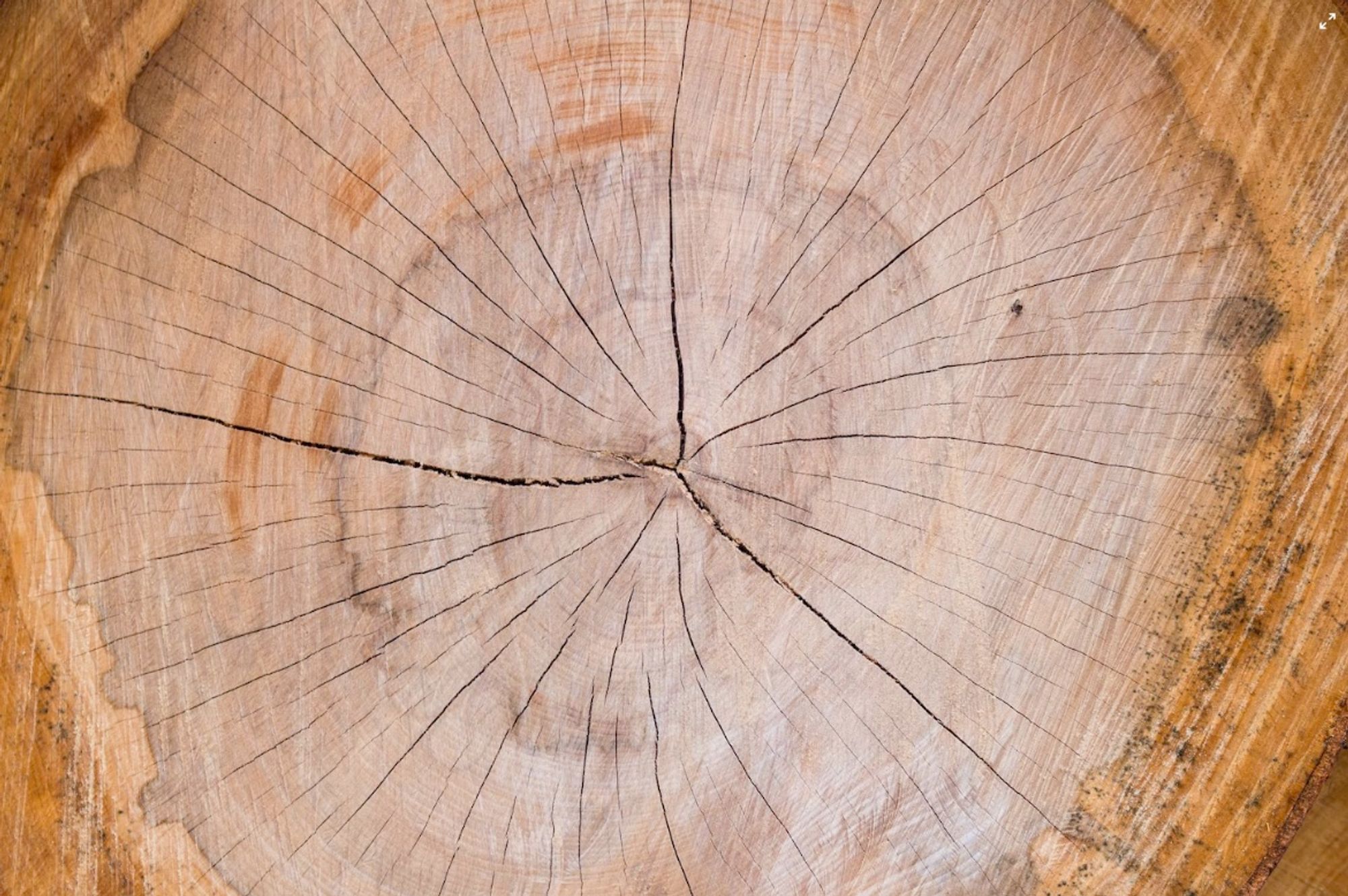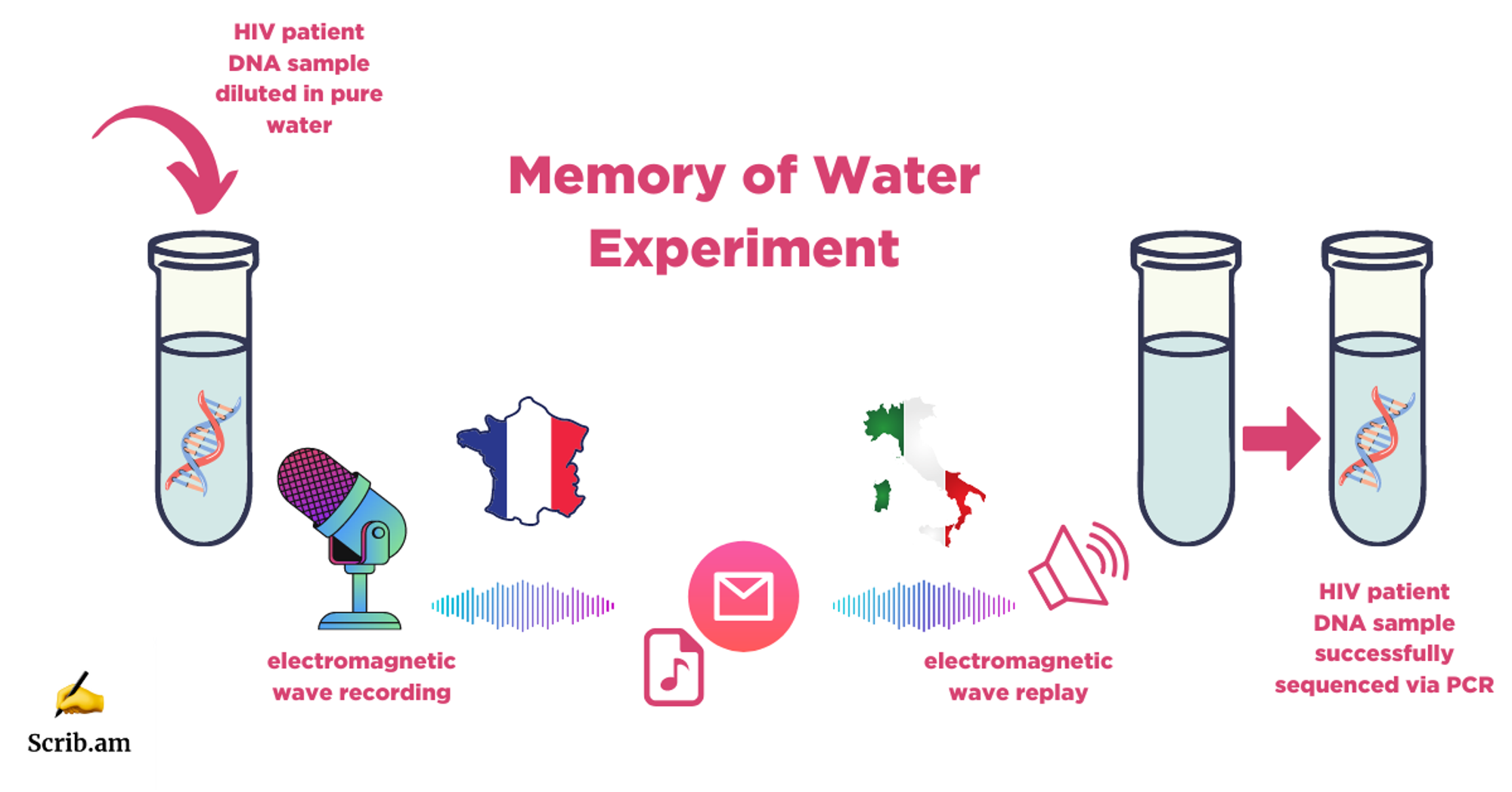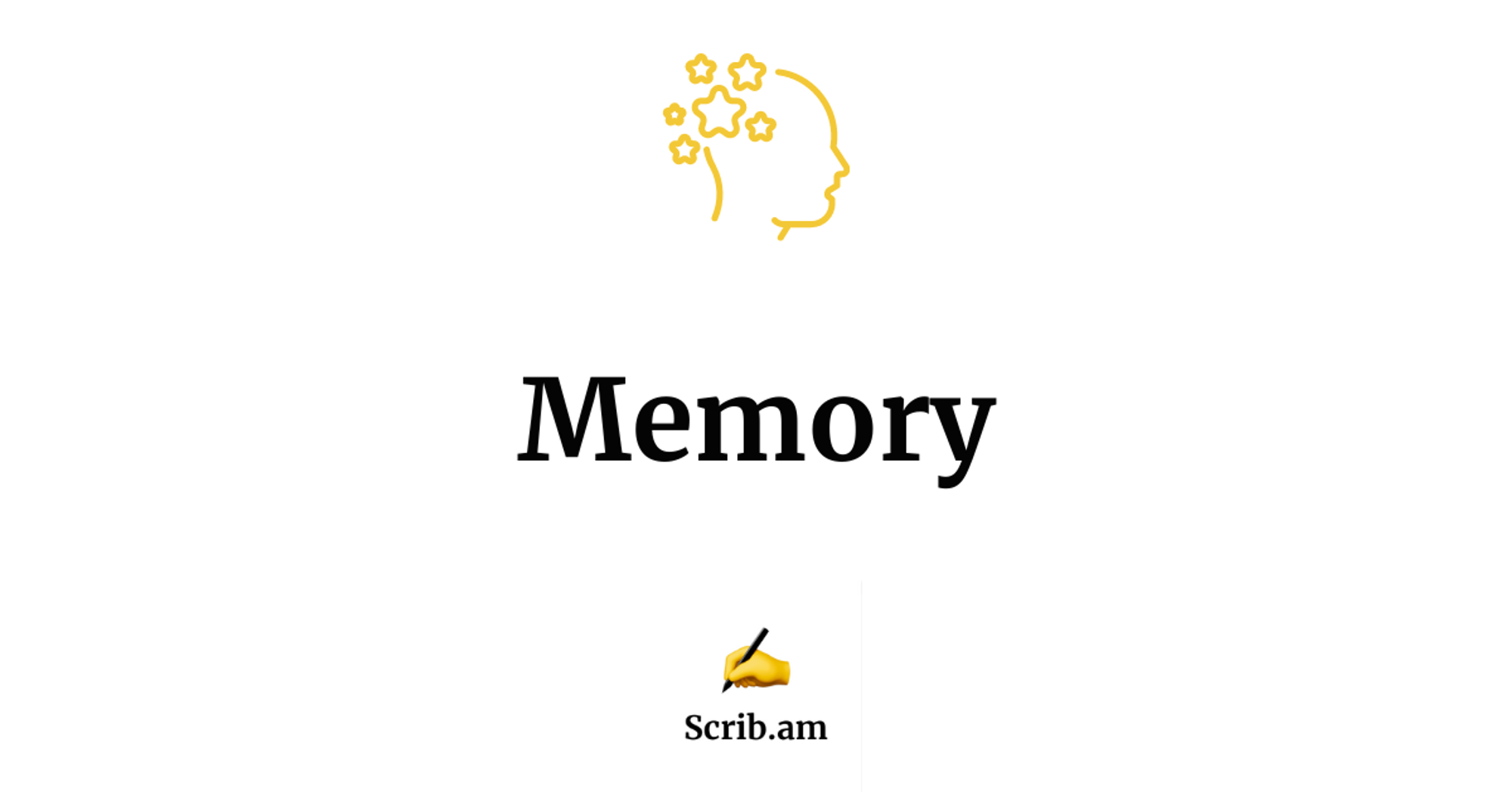Memory is the ability to record and recall information.
It plays a critical role in our life.
Our thoughts constantly bring back our past memories and we’re craving for exciting experiences which can create new memories.

Some even say that life itself is the memory of the universe.
Our DNA is indeed a recording of Evolution, determining how we play our part as an individual from a specific lineage and as a member of the living community in the broadest sense.
The eternal storage and (interactive) replay of our memories will probably be the first step in our quest for immortality, even before reaching a singularity, as described by Ray Kurzweil (the point at which machines' intelligence and humans would merge).
When our loved ones pass away, their digital footprint remains, forever stored in a range of memory vaults: social media feeds, text conversations, blog posts, etc.

The ambitious project behind the startup Replika, which offers AI companions, was originally developed by Eugenia Kuyda after she had lost a very close friend, whom she replicated in a chatbot based on their past text conversations.
In Our Brain
Memories aren’t all stored in the same place.
Explicit memories, the ones we are associating with experiences (episodic) as well as facts and information (semantic) rely on three areas of the brain: the hippocampus, the neocortex and the amygdala.
Implicit memories, such as motor memories, rely on the basal ganglia and cerebellum.
Short-term working memory takes place mostly in the prefrontal cortex.
Since dementia mainly impacts explicit memories, patients can still perform tasks relying on implicit memories, such as playing complex music pieces.
Watch how Tony Bennett, the iconic singer with Alzheimer’s disease, still managed to sing his songs when rehearsing for a show with Lady Gaga, leveraging the power of his implicit memories.
Traces of Memories
Traces of memories can be found in nature in various forms.
The tree rings within a trunk are formed as the tree grows by creating a new layer of cells. Those lines are the recording of their growth.

Living beings trapped dead in organic compounds can now be found fossilized in old geological layers, which act as stone memories of a distant past. The decay of the chemical elements present in those layers helps us date those fossils and reconstitute the memory of our ancestors.
The light emitted by most of the stars we see on a dark night has travelled thousands if not millions of years before reaching our eyes. This light has captured the memory of a very distant past. In some cases, the original object no longer is: its light is a ghost.
Proxima Centauri, the closest star to our solar system is 4.2465 light-years away from us (40,208,000,000,000 km). It means that what we see is already (for us) 4.2465 years old.
Some people argue that inanimate objects could also record (and restitute) memories in the form of electro-magnetic waves. This would be the explanation for some paranormal activity, i.e. replays of a past recording. It’s not “that” far-fetched when you think about it: we already record electro-magnetic waves on inanimate surfaces, such as tapes, discs and film. What if some matter could do it (record & play) without our deliberate intervention?
AI’s Short Memory Problem
Large AI language models such as OpenAI GPT-3 still suffer from a very short memory, which explains why you can’t generate long coherent texts from a single prompt.
After a few thousand tokens, the AI quickly goes astray. The same issue affects long chatbot conversations when the AI does not build a long-term profile of its interlocutor.
Long term memory will be one the major features to develop in the forthcoming years if we want to simulate, if not create, some form of sentience.
Memories & Prediction
Scientific studies have shown that the brain zones activated when we think about our past are the same as the ones activated when we imagine the future.
There’s a link between our ability to recall memories and our capacity for imagination.
Patients who had some key (explicit) memory parts of their brain either removed or heavily damaged show a strange behaviour which perfectly exemplifies this theory. Not only are they unable to remember their past, they also can’t envision their future.
Stories
We love stories. Besides their entertainment value, they’re a very effective way to record and remember something.
They’re one of the secret tricks used by the experts taking part in memory contests.
The participants record and recall short stories using the Memory Palace (or Mind Palace) technique, leveraging their visual and spatial memory.
When asked to remember something, they transform abstract elements such as numbers or playing cards into visually striking items. A Five of Hearts could become a crazy monkey for instance. Then the participants place the items in a familiar layout. When it’s time to recall their memories, they simply narrate in their head the story of a visitor moving through the rooms of the Memory Palace, remembering each weird item, translated back into the initial element (number, card, etc.).
The Memory of Water
Jacques Benveniste, a French immunologist, proposed in the 1980s a controversial theory: water would have a memory.
Water would be able to capture electromagnetic waves in the empty spaces surrounded by water molecules, called “coherent domains”.
Water, a chemical substance made up of molecules consisting each of one atom of oxygen bonded to 2 hydrogen atoms , represents 70% of our body volume. If you take into account the number of elements and molecules that make up the cells of our body, water represents 99%. In other words, if you’re counting out loud the elements (made up of only one type of atom) or molecules (compounds + simple molecules) inside a human cell, 99 times you’ll say “water” and 1% “something else” (e.g. protein, DNA, calcium, magnesium, etc.).
After Benveniste’s death in 2004, his studies were taken over by Nobel Prize Luc Montagnier (1932-2022), co-discoverer in 1983 of the human immunodeficiency virus (HIV).
In 2009, he published a paper called: Electromagnetic signals are produced by aqueous nanostructures derived from bacterial DNA sequences.
The documentary above (in FR) explains how, in a French lab, the electromagnetic waves emitted by a tiny sample of the DNA of an HIV patient could be captured in pure water before being recorded via a high-sensitivity microphone, then transmitted over the internet to a research team in Italy (as a simple audio file). The Italian team then exposed a test tube of pure water to those radio waves. Finally, they were able to sequence the original DNA (via the PCR method) from the molecules generated in the water exposed to the waves recording.

If water has an electro-magnetic memory, this could have huge practical implications in the fields of biology and medicine.
The day we admit that waves can have an effect, we’ll be able to treat patients with waves.
Luc Montagnier, Nobel Prize
One could record the electromagnetic signature of a drug molecule in pure water and then simply re-emit this signature, non-invasively, to a patient's body, as a simple audio file. This would have enormous repercussions for the pharmaceutical industry, whose model is currently based on the manufacture and distribution of physical molecules, ingested or injected. Needless to say that this “Digital Biology” theory is still highly controversial.
